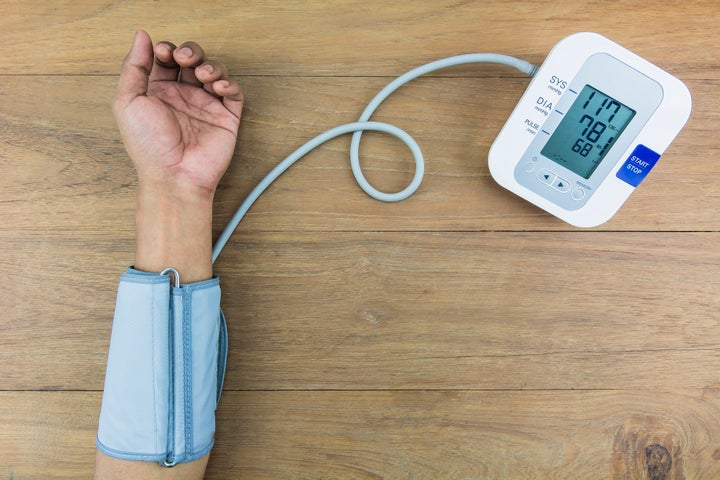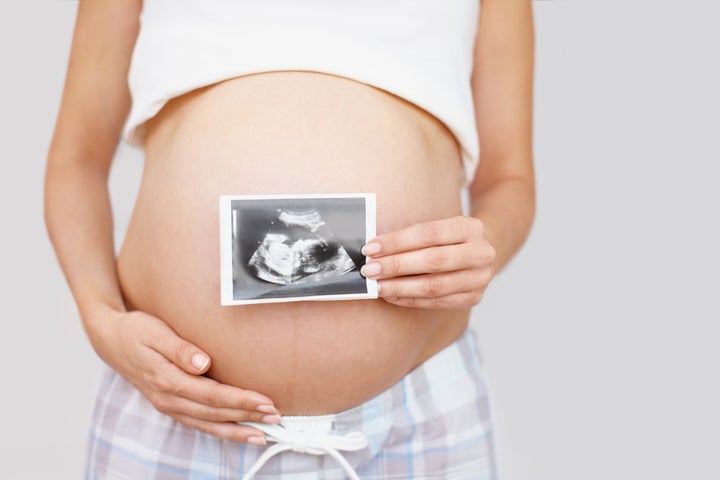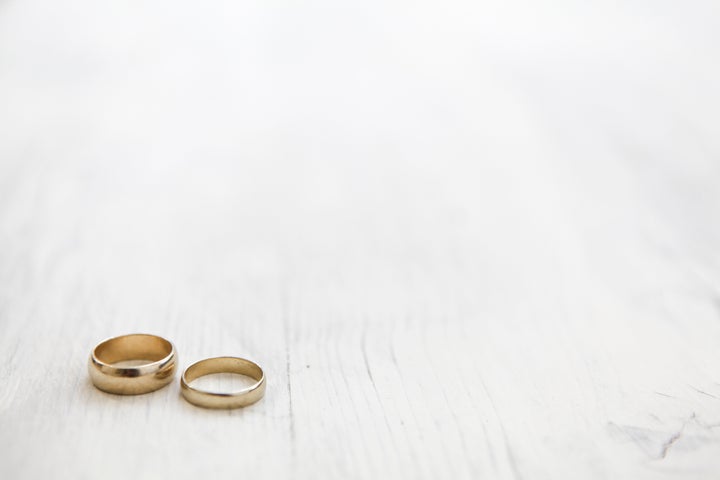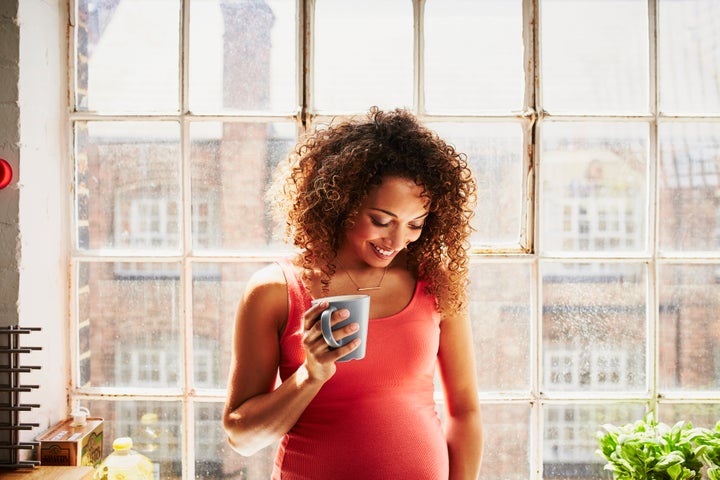For most parents one of the most exciting parts of pregnancy is finding out the gender of your child, and waiting for the 20-week-scan (any earlier relies on the nub theory) can feel like a lifetime.
But if you’re feeling in a betting mood, these five methods are a mixture of old wives’ tales - that honestly have no conclusive proof - and some more scientific evidence to help us decide whether it’s a boy or a girl.
1. Your blood pressure.

A new study has found that a woman’s blood pressure before getting pregnant is directly related to her likelihood of giving birth to either a boy or a girl.
The scientists found those with lower blood pressure tended to have a girl, while higher pressure was an indication that a boy was more likely to be on the way.
Those who had a female had an average systolic blood pressure of 103.3mmHg before they got pregnant, while for males the figure was 106, about 2.6% higher.
2. The bump test.

Without a doubt the bump test is the first go-to indicator of whether you have a male of female bun in the oven.
If an expectant mother has a neat bump that sticks out in front like a football then it is a boy. But if it is more spread out then it is a girl. Or so the saying goes.
But in reality there is no proof that your bump shape is anything more than dictated by your body type, and how the foetus is lying in the womb.
3. How much weight you gain.

Although the shape of your bump might not be able to tell you much, the amount of weight you gain will, according to a scientific study from 2014.
The research found that women who gained the least weight during pregnancy were more likely to give birth to girls. In fact, 51% of babies born to mums who gained less than 20 pounds ended up being girls in this study.
However this doesn’t mean that avoiding weight gain will give you a female, as it is a correlation not a cause.
4. The wedding ring trick.

The wedding ring trick is the ultimate in pregnancy folklore, but hey, with 20 weeks to play with you’ve got plenty of time to try it out.
For this one you have to tie your wedding band on to a piece of string and hold it above your bump, and then watch the way it swings on the string.
Allegedly, if it moves in circles you’re carrying a boy, side to side it’s a girl. Spooky. And definitely not to be trusted.
5. If you suffer with morning sickness.

Another one from the encyclopedia of mum-to-be myths, if you are spending the first few weeks with your head in the toilet for 23 hours of the day then you are more likely to be welcoming a female bundle of joy.
Although there is some scientific backing behind this, levels of the pregnancy hormone hCG, which triggers morning sickness, have been found to be higher in mothers of female babies.